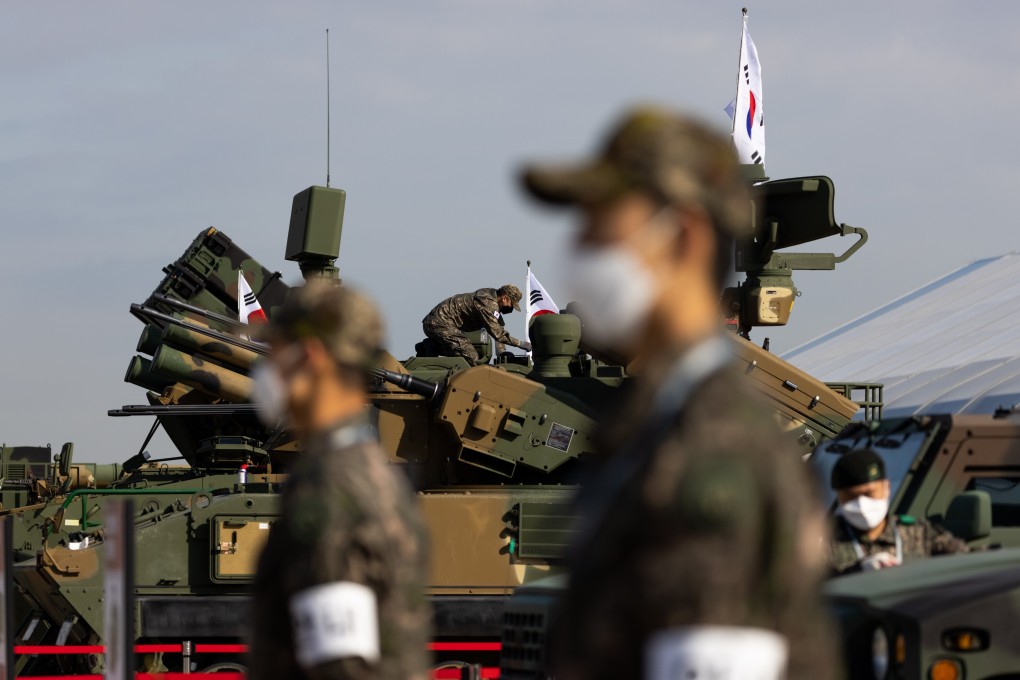Advertisement
Prepare for South Korea and US to expand military alliance, China warned
- The US has been trying to use its allies to help contain China and a recent foreign policy paper says these efforts may include Seoul
- Beijing’s worst-case scenario would see the South joining Japan and the US in opposing an attack on Taiwan, but it is not clear if it is willing to do so
Reading Time:3 minutes
Why you can trust SCMP
80

Beijing should be prepared in case South Korea and the United States seek to develop their military alliance further, a recent Chinese foreign policy analysis has warned.
The assessment, made by two scholars with the China Institutes of Contemporary International Relations (CICIR), one of the country’s largest and most influential foreign policy research institutes, came as Washington is renewing its focus on its alliances as part of its efforts to contain China.
Since US President Joe Biden took office in January, the White House has pushed for broader cooperation with South Korea on multiple fronts, including manufacturing, 5G, semiconductors and supply chains, Sun Ru, the deputy director of the CICIR Institute of World Political Studies and Wang Fudong, an associate fellow, wrote in the report published last week.
Washington and Seoul’s military alliance is a particularly sensitive issue in Beijing given the geography.
Advertisement
One of the worst case scenarios for China would see South Korea – which now hosts more than 26,000 US troops, one of America’s biggest overseas deployments – teaming up with the US in the event of a conflict over Taiwan.
The US would have wartime operational command over the South Korean military, according to the terms of their defensive alliance, but the two sides are in talks to transfer authority to Seoul next year.
However, as its rivalry with China continues to deepen, the US has also raised the issue of expanding their military alliance.
Advertisement
Select Voice
Choose your listening speed
Get through articles 2x faster
1.25x
250 WPM
Slow
Average
Fast
1.25x